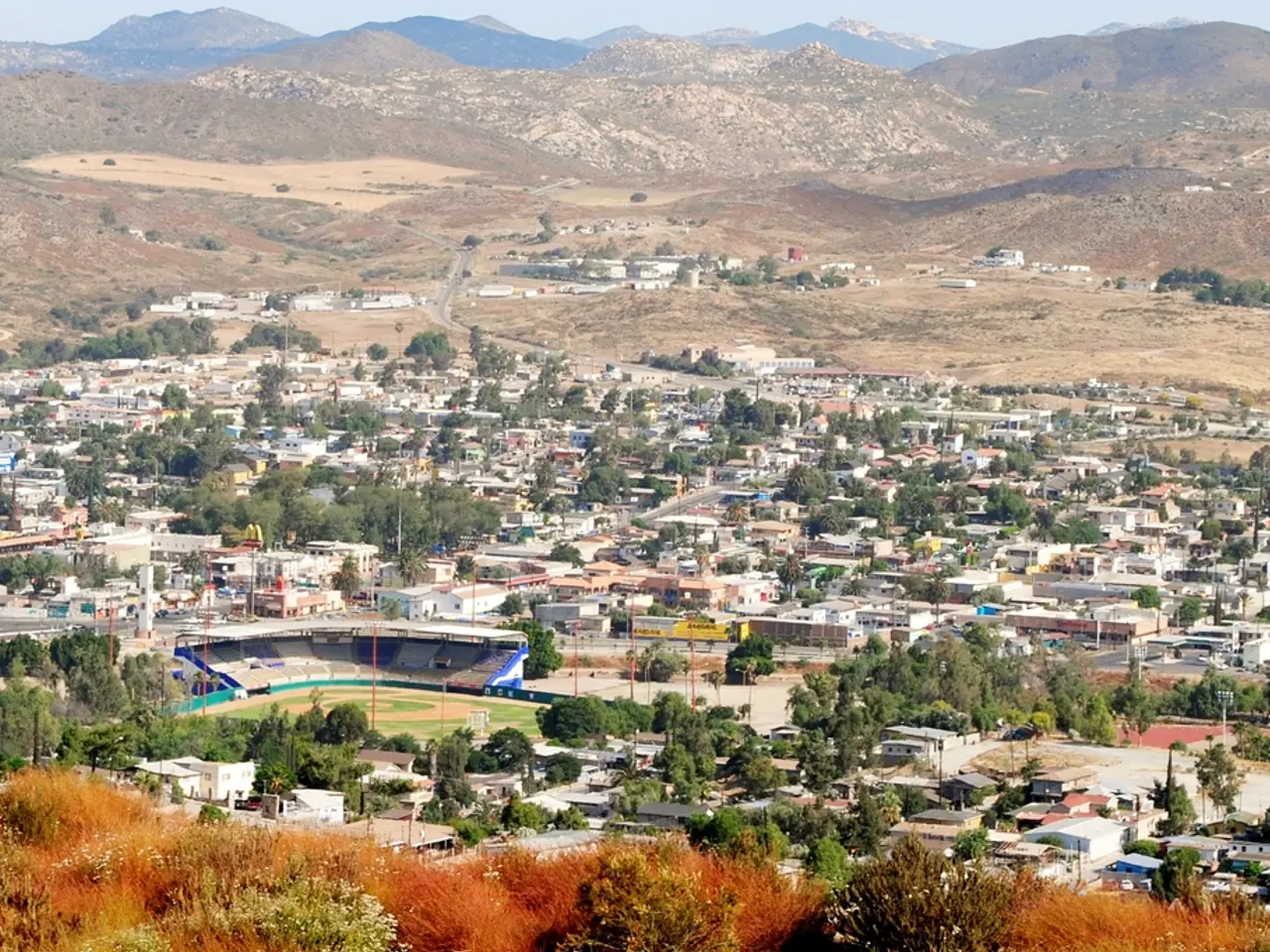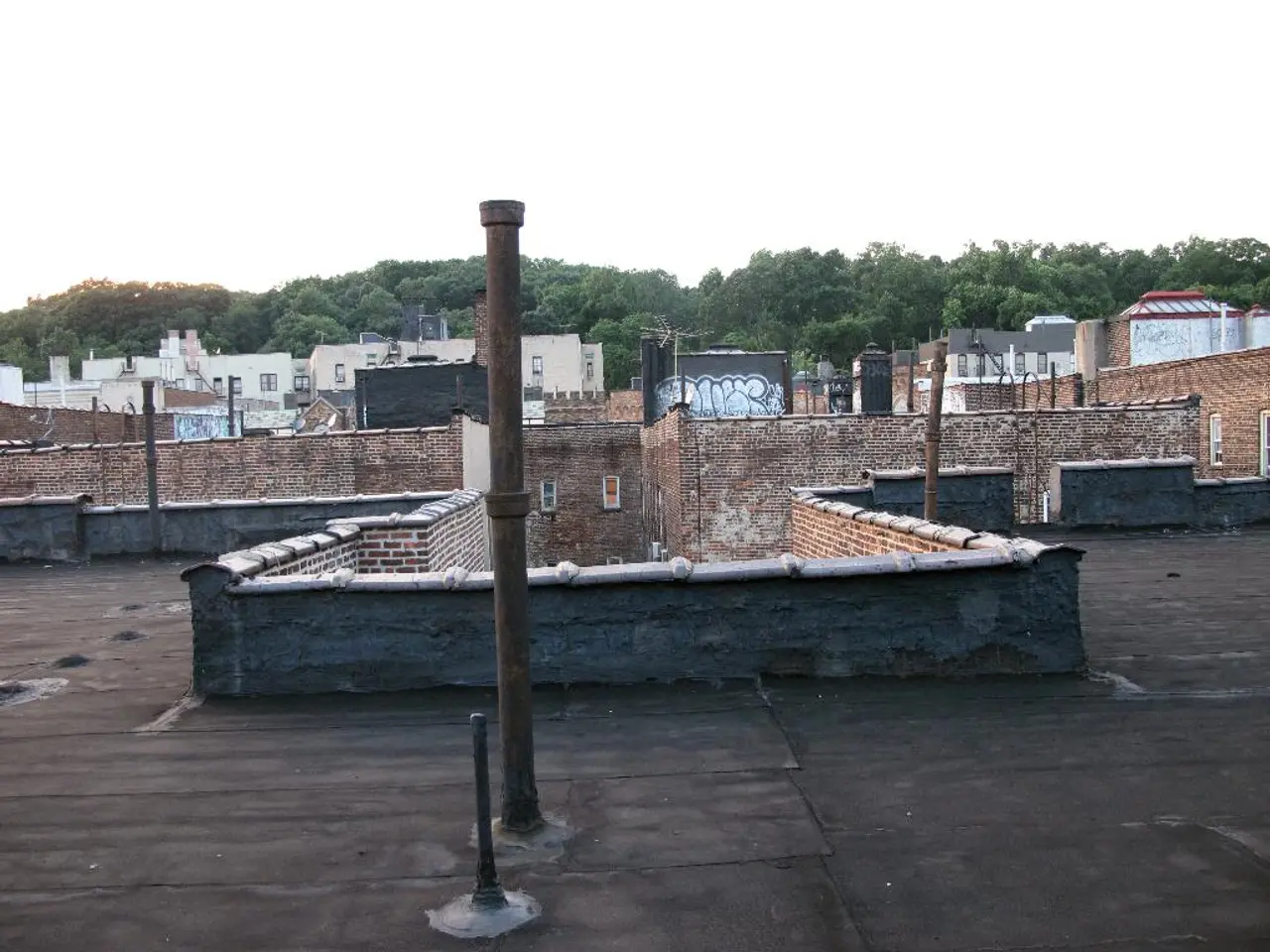Deadly tornado-prone region in the U.S. moves eastward: Location of Tornado Alley revealed
In recent years, a significant change has been observed in the pattern of tornado activity across the United States. This shift, experts say, is largely due to climate change altering regional weather patterns.
According to Stephen Strader, a tornado expert and associate professor at Villanova University, the term Tornado Alley may be outdated. Traditionally associated with states like Texas, Oklahoma, Kansas, Nebraska, and parts of Colorado, New Mexico, Missouri, and Iowa, Tornado Alley is now spreading across much of the Great Plains and Midwest regions.
Drier, hotter years in the central U.S. limit the moisture availability needed for thunderstorms and tornado formation in the traditional Tornado Alley. Meanwhile, warming of the Gulf of Mexico extends warm, moist air availability into colder months and eastern regions, enhancing tornado risk outside the classic Tornado Alley.
As a result, tornadoes are now occurring more frequently in earlier and colder months (January, February), especially in southeastern states. This shift has led to an increased tornado risk in Midwest and Southeastern states like Mississippi, Alabama, and parts of the central Midwest.
This change is causing more frequent and severe tornado outbreaks, posing new challenges for homeowners, insurers, and emergency planners in these eastern states. They are now faced with the task of adapting building codes, insurance policies, and preparedness plans to a higher tornado threat.
The changing pattern also extends the tornado season length and intensity, requiring adjustment in public awareness and safety protocols in regions historically less affected. If you live in these regions, it's crucial to update your emergency weather plans to ensure your family's safety.
If you find yourself driving during a tornado, get out of your car and look for a ditch or any low-lying area away from trees. If you're home, find an interior room without windows on the lowest level, ideally a basement.
Climate change is also increasing severe storms in the Southeast, further exacerbating the threat of year-round tornadoes. Between 1950 and 2019, 46 percent of Tennessee's tornadoes occurred at night, more than any other state.
The Southeast region, which is more populated and vulnerable than the Great Plains region, has seen a relatively large increase in the number of days that have favorable tornado conditions. This region, which has a large share of the nation's mobile homes, not designed to withstand tornadoes, is particularly at risk.
If you live east of the Continental Divide, having a NOAA Weather Radio is recommended. Cities like Memphis, Tennessee, are seeing four fewer tornado days per decade, but the frequency of night tornadoes remains high, making them twice as deadly as daytime tornadoes.
In 2024, six different tornado outbreaks caused billions of dollars in damage, affecting states outside of Tornado Alley, such as Florida, Louisiana, Arkansas, and Kentucky. This trend is projected to continue as climate change progresses, expanding the tornado hazard footprint eastward, exposing new populations to tornado risks and necessitating broader geographic and temporal preparedness measures.
- The shift in tornado activity across the United States, attributed to climate change, is causing more frequent and severe tornadoes in the eastern regions, particularly in states like Mississippi, Alabama, and parts of the central Midwest.
- Climate change is exacerbating the threat of year-round tornadoes in the Southeast, a region that is more populated and vulnerable than the Great Plains.
- As a result of this change, regions historically less affected, such as states east of the Continental Divide, need to update their emergency weather plans and adjust building codes and insurance policies to a higher tornado threat.
- If you live in these regions, having a NOAA Weather Radio is recommended, especially in cities like Memphis, Tennessee, where the frequency of night tornadoes remains high, making them twice as deadly as daytime tornadoes.
- This trend of expanding tornado hazard footprints is projected to continue as climate change progresses, exposing new populations to tornado risks and necessitating broader geographic and temporal preparedness measures.







